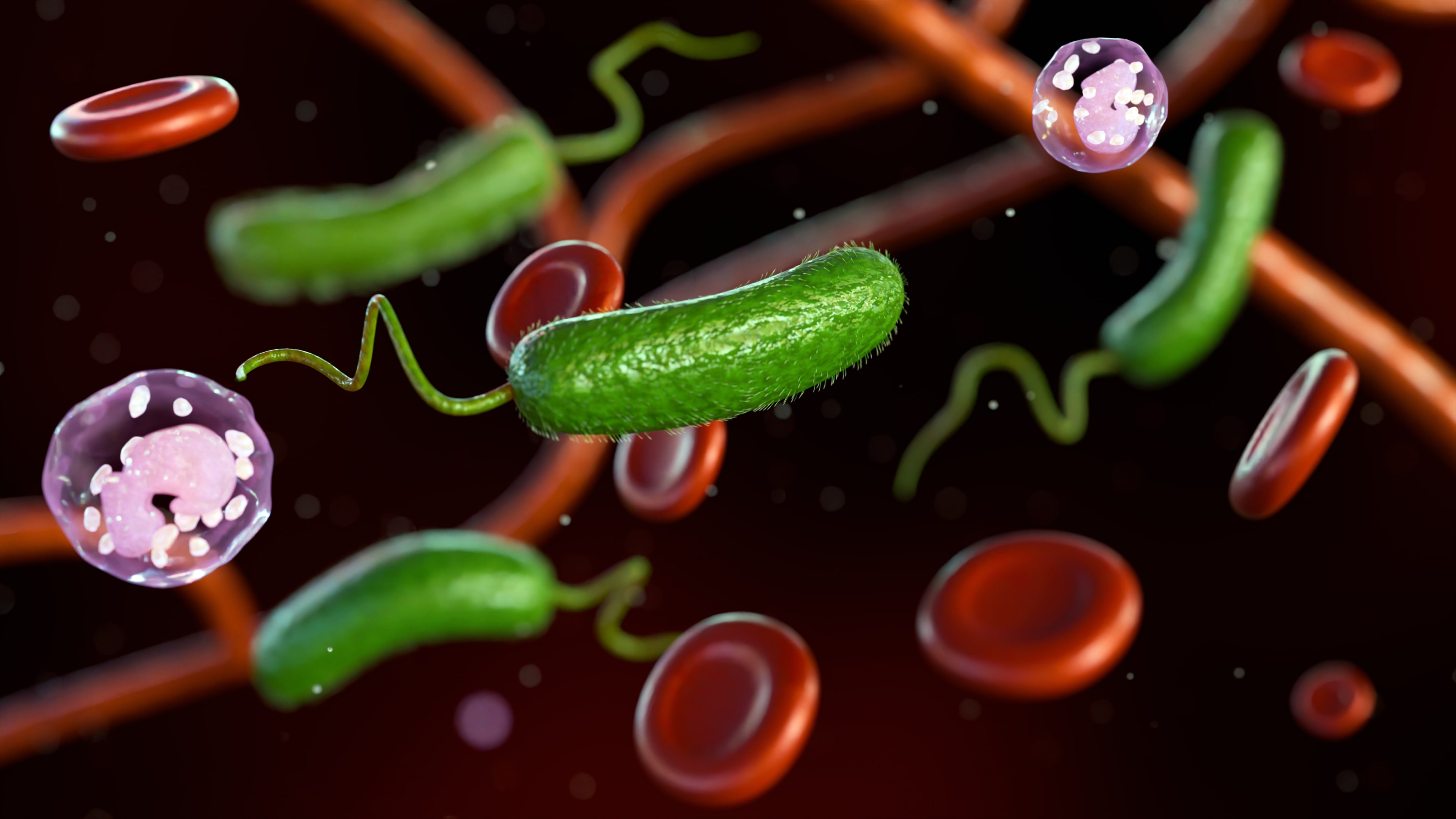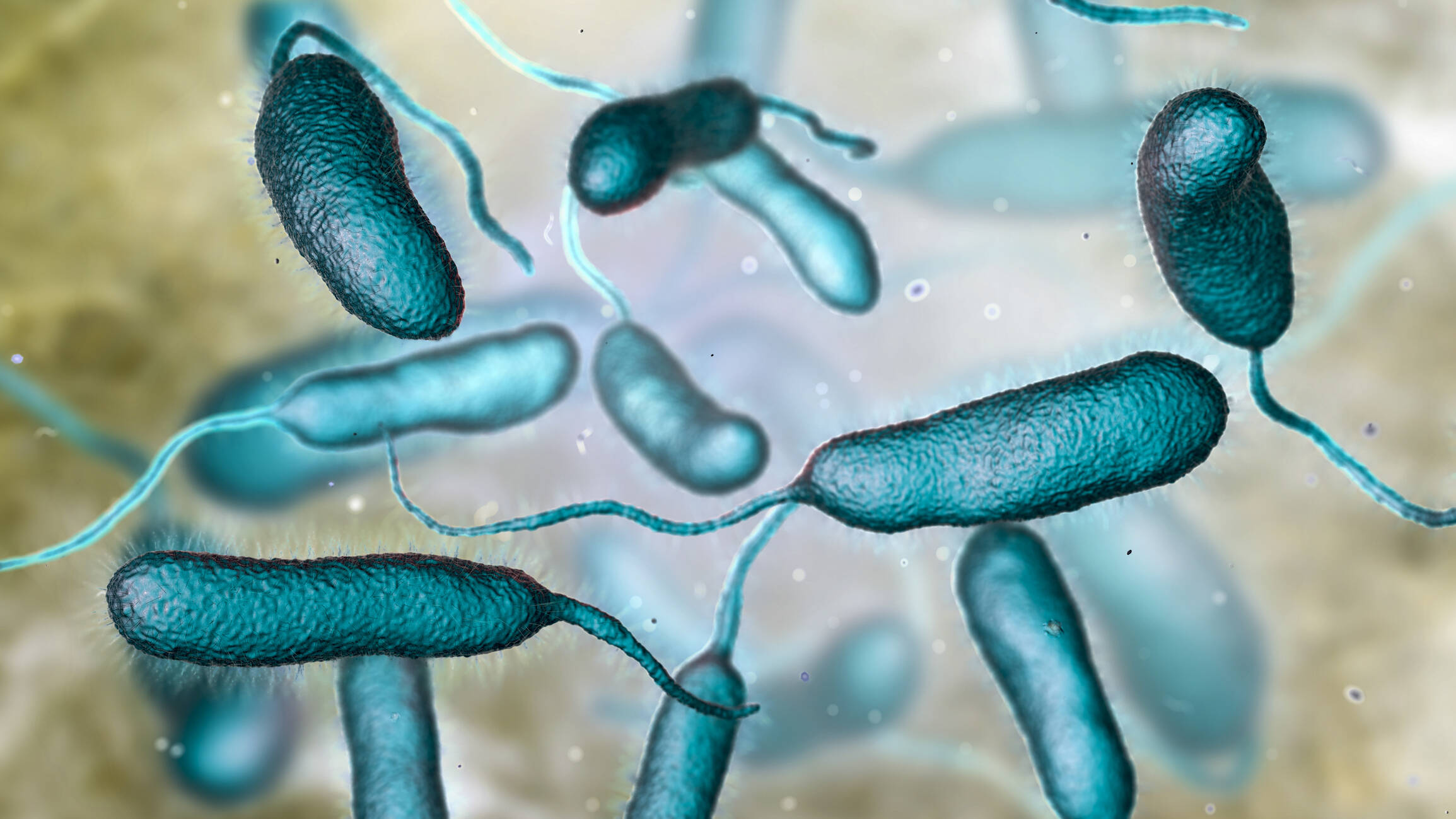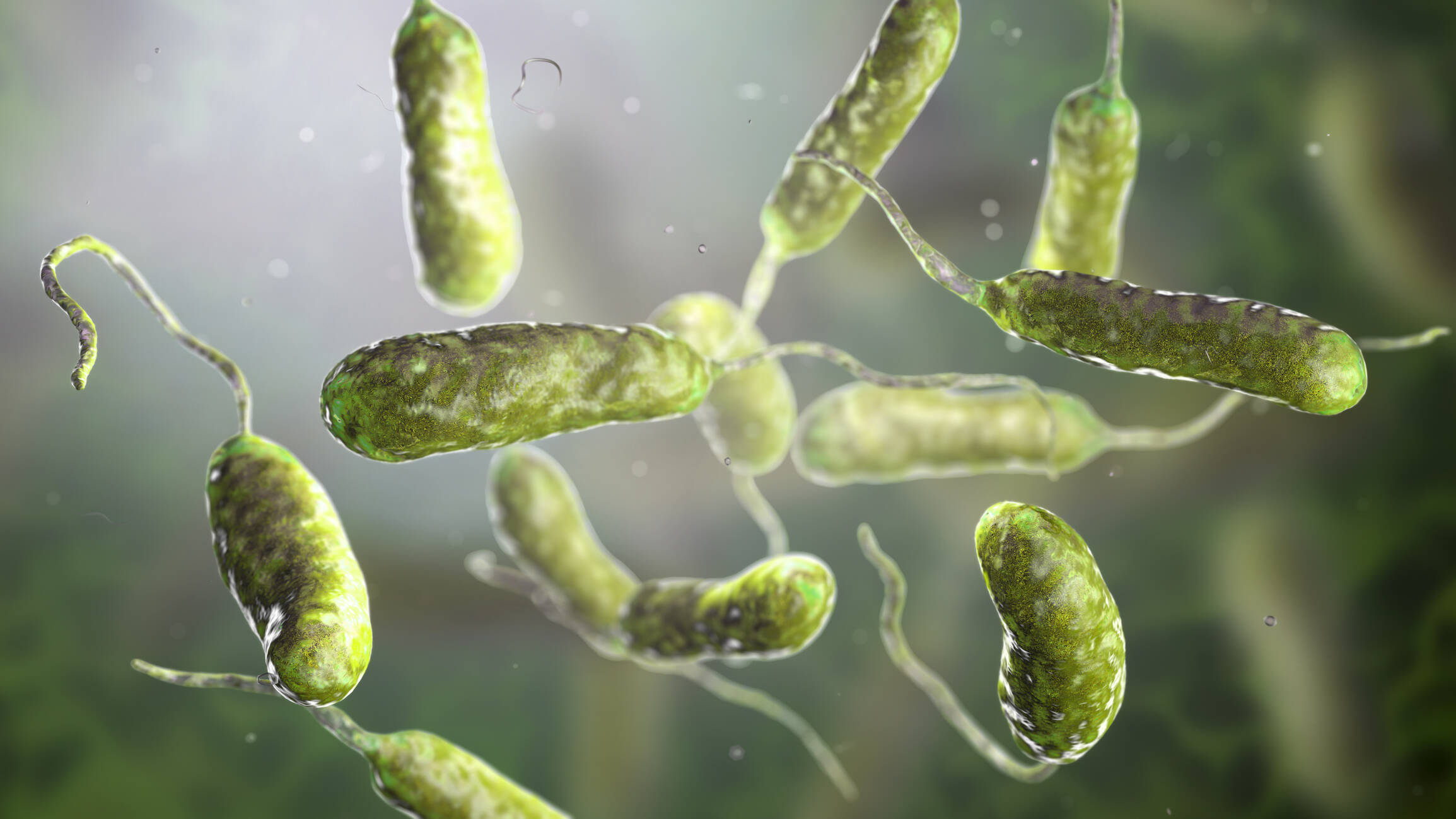Why is the bacteria that has caused deaths in the United States called "flesh-eating"? This is what you should know about the infection and its alarming symptoms.

The flesh-eating bacterium Vibrio vulnificus has raised concerns in the United States because it can be potentially lethal due to the serious infections it can cause. It is transmitted by eating raw or undercooked seafood, or when seawater comes into contact with an open wound.
Its symptoms progress rapidly and include fever, low blood pressure, and painful blisters. If you suspect a Vibrio vulnificus infection, you should seek immediate medical attention, according to official information from the Cleveland Clinic.

The infection is identified through cultures of stool, wound, or blood samples. Photo: iStock
This bacteria gets its name because it can cause serious skin complications, such as necrotizing fasciitis, according to the Cleveland Clinic.
It is a bacterial infection that affects the fascia, the subcutaneous tissue that surrounds muscles, nerves, blood vessels, and other components, holding them in place. Necrotizing fasciitis can be life-threatening and requires immediate treatment with antibiotics and surgery to remove the damaged tissue.
The term 'necrotizing' refers to something that causes tissue death, while 'fasciitis' indicates inflammation of the fascia.
This bacterium can also infect open wounds, causing a severe form of vibriosis. The infection can progress rapidly, causing sepsis, shock, and the appearance of large blisters that destroy the affected tissue.

Vibrio vulnificus bacteria. Photo: Istock
At least eight people have died so far in 2025 in the United States from this bacteria present in seawater, while the number of detected cases has risen to over 30 infections .
The states of Florida and Louisiana, both in the southeastern United States, have been the hardest hit by the Vibrio vulnificus bacteria, reporting four deaths each, according to data from state health departments.
Louisiana also reported 17 infections, while in Florida the number of those affected rose to thirteen.
The states of Alabama and Mississippi also reported one infection each, People magazine reported.
Therefore, health authorities recommend that those with recent injuries, autoimmune diseases, or chronic kidney or liver conditions avoid entering the water .
Louisiana health officials warned that between 150 and 200 infections are reported each year nationwide, and that the death toll is "one in five infected people."

Vibrio vulnificus bacteria. Photo: Istock
According to the Cleveland Clinic's official website, some people are at higher risk of developing necrotizing fasciitis, especially those with the following conditions:
- Wounds on the skin or mucous membranes, including those caused by surgery.
- Obesity.
- Diabetes.
- Alcohol use disorders.
- Alterations in the immune system or vascular problems.
- Cancer.

Carnivorous or meat-eating bacteria Photo: iStock
Signs of Vibrio vulnificus infection usually appear suddenly, usually within the first 24 hours after contact with the bacteria. Common signs include:
- Fever and chills.
- Redness or rash on the skin that quickly becomes inflamed and painful.
- Large, discolored, or painful blisters filled with fluid.
- Nausea, vomiting and diarrhea.
- Dizziness, fainting, or weakness, associated with low blood pressure.
- Confusion or altered mental status.
- Acceleration of heart rate.
Vibriosis can also manifest as gastroenteritis, causing vomiting and diarrhea.
The infection is primarily acquired by eating raw shellfish, especially oysters. The incubation period is short, and within a few hours the bacteria can spread from the intestine to the bloodstream and other organs.
Most cases of vibriosis occur between May and October, when the waters are warmer, during the summer months, according to the website.

You can contract the bacteria by eating raw shellfish, especially oysters. Photo: iStock
LATEST NEWS EDITORIAL
eltiempo



